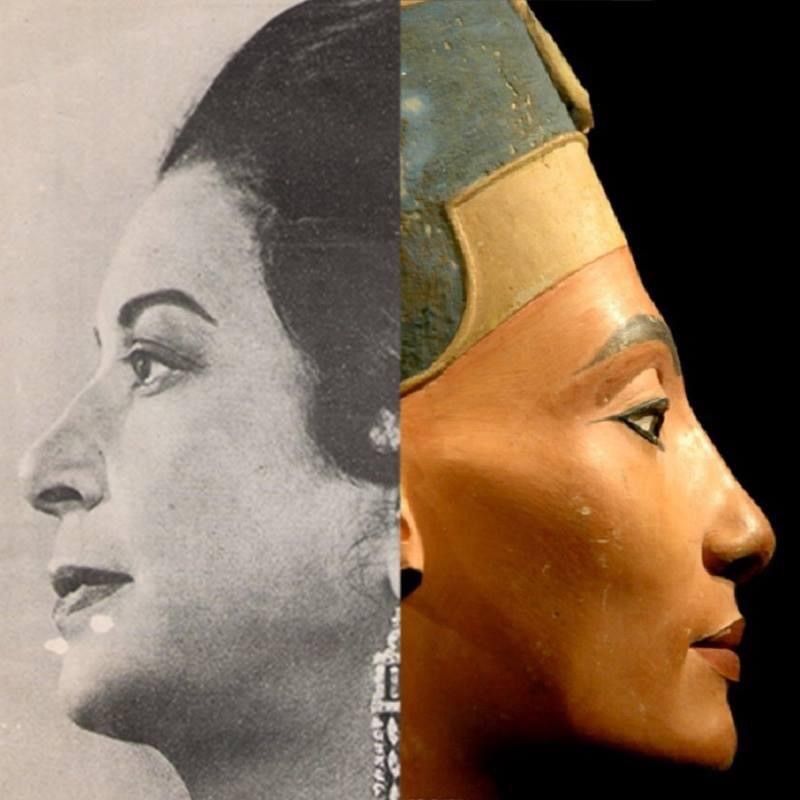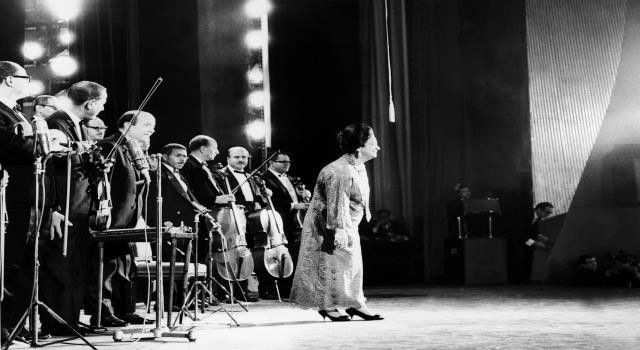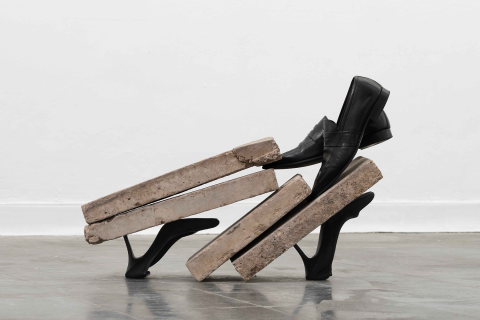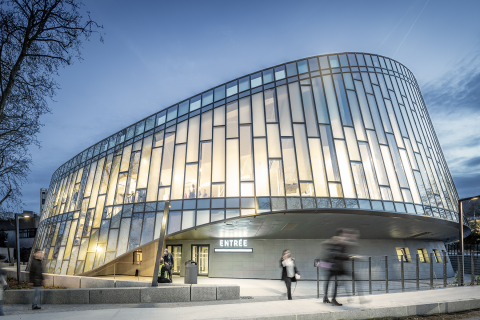Bezalel News
חדשות בצלאל
أخبار بتسلئيل
How Did Umm Kulthum Become a Universal Arab Icon?
In the first few decades of the 20th century, years during which Egypt formed its modern national identity, more than 90% of its population were illiterate. National ideas were developed by intellectuals and scholars using complex structures based on Arab literature, but among the wider population these ideas were spread via popular culture, jokes, plays, caricatures, poems and more, written and played in spoken language.
Umm Kulthum embodied in appearance, choice of music, and her concerts the three identity circles that developed in Egypt: the Muslim, the Arabic and the Egyptian. Moreover, Egypt was at the time under British colonial rule, and facing the challenges posed by the West towards Arab nations. Umm Kulthum was a model for modern identity, combining local culture with European influences. First with the designed Pharaoh-like look which led to her nickname, "The Fourth Pyramid"; through her evening dresses which were a mix of two styles, local Kaftan and European; along with her musical style that combined Arab and Western musical instruments; and finally, integrating popular love songs written in the spoken vernacular language with religious songs and classic poems written in Arab literary rhetoric.
In each of her performances, such as the one you can listen to in this link>>, Umm Kulthum combined these various components, inventing a new "Authenticity", that would become general Arab classics. This helped establish the Egyptian national identity as well as the Arab identity in general, perhaps even more than any of the national leaders.
More than forty years after her death, her songs are still performed and revived in various reality talent shows.
Here is an example from the Arab program "The Voice" 2014. Press here to view the video.
Like the classics of other artists in the Arab world, in the last decades, her songs were used as a base for alternative music by those who found the old classics boring. Producers like the Syrian Samer Saem El Dahar, in his indie music project, "Psychaleppo", created electronic versions of Umm Kulthum's songs. Like in this movie >>
These styles, heavy rock, Arab hip-hop, electronic, trip hop and others expressed the restlessness and frustration of young generations in the Arab world. Today it is clear they heralded the "Arab spring".
In Bezalel's Department of Visual and Material Culture, we will introduce some of the key figures of the popular and alternative cultures of the Arab world. We will interpret cultural codes, analyze ideologies present in cinematic and musical works, and learn about both the restricting and liberating elements they embody.
Eyal Sagui Bizawe
Lecturer at the Department of Visual and Material Culture








